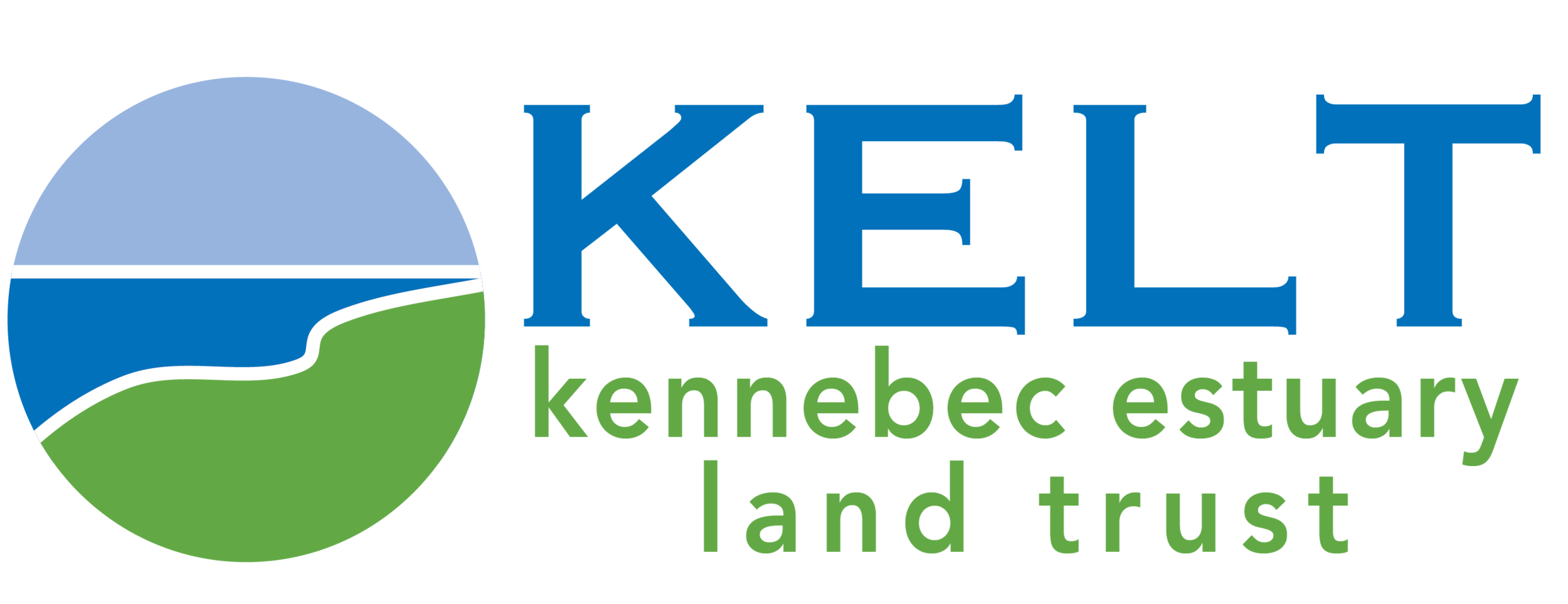Rob Shultz, Resonant Photography
Update and complete KELT's long-term conservation plan with parcel prioritization within existing Conservation Focus Areas by 2030.
By 2025, update Focus Areas with most recent GIS conserved land data.
By 2026, create and refine a checklist tool for intake and prioritization of inquiry parcels.
Determine the strategy and method for parcel prioritization within existing focus areas (2026) and complete parcel prioritization for 5-8 Focus Areas by 2027.
By 2028, update and complete the Conservation Plan narrative.
Rob Shultz, Resonant Photography
Grow new and strengthen existing partnerships with municipal, tribal, state and federal agencies, water districts, conservation and community organizations, that enhance KELT's ability to achieve its strategic conservation goals.
Collaborate with partners to secure conservation funds (e.g. Wetlands Coalition-NAWCA grants, Coastal Wetlands Program, etc.).
By 2026, at least three staff and two board members complete the self-paced First Light training to better understand and nurture trust-based relationships with Wabanaki communities.
Collaborate with partners to identify strategic conservation priorities within KELT’s service area and the larger mid-coast region.
Dave Cleaveland, Maine Imaging
Proactively engage with landowners on priority parcels to create new opportunities for conservation.
Explore the different avenues to engage with key landowners and community members, and municipal leaders in Richmond & Dresden and offer KELT as a community resource and partner.
Collaborate with MCHT in Focus Area 2: Eastern River, to contact all priority parcel landowners (2026) and actively engage in conservation option discussions with at least five landowners by 2028.
Proactively contact landowners for priority parcels that directly abut existing KELT properties and that contribute to a larger connectivity goal between existing KELT properties (e.g. Segerstrom – Bonyun corridor, Lilly Pond Community Forest region, etc.).
Rob Shultz, Resonant Photography
Increase land protection capacity and diversify funding sources.
Grow the land protection fund to $250,000 by 2030 ($106,369 in Dec. 2024).
Identify, cultivate, and successfully utilize three new go-to land protection funding sources.
Establish a revolving general land protection fund with at least one external funder.
Add land committee members that represent Richmond & Dresden (2027, Land Committee Chair).
Rob Shultz, Resonant Photography
Complete land projects in focus areas that are underrepresented by KELT and for community needs that are unmet by KELT or other community organizations.
Complete three new land protection projects within either Focus Areas 1 & 2 (2029).
Complete two new land protection projects within Focus Area 5: Nequasset Brook (2030).
Identify two of the five recognized community needs (2025) to focus on during the next five years and complete two land protection projects that address these needs (2030).






